Meta, the US social media and technology company that owns Facebook, Instagram, and WhatsApp, has picked Safaricom, Kenya’s largest telecom operator, as its local landing partner for a new submarine cable linking Oman and Kenya.
The project gives Safaricom direct control over international capacity for the first time, while helping Meta secure a faster and more reliable network for its regional operations. It will also improve resilience for Meta platforms and strengthen data movement across East Africa.
The $23 million “Daraja” system, fully funded by Meta’s subsidiary Edge Network Services, features a 24-fibre-pair design.
Safaricom will operate the Kenyan landing site and manage in-country infrastructure. The move positions it as an infrastructure owner rather than a bandwidth lessee, which aligns with its Vision 2030 plan to evolve from a telecom operator to a full-fledged technology company.
For Meta, the Oman–Kenya link complements its 45,000-kilometre 2Africa cable and provides a route that bypasses the congested Red Sea corridor. The 2Africa cable—the world’s longest undersea cable, built primarily for Africa—has already landed in several of its planned 32 African locations and is designed to encircle the continent. It reached Lagos and Kwa Ibo in southeastern Nigeria in November 2023.
The Oman–Kenya route also strengthens digital and trade links between East Africa and the Middle East, which may reinforce Kenya’s position as the region’s main connectivity hub.
The investment gives Safaricom the backbone to scale its next growth engines. With voice revenue remaining flat, Safaricom’s focus has shifted to M-PESA and data services, which grew by 15.2% and 16.5%, respectively, in fiscal year 2025. The cable supports its push into enterprise and cloud markets by improving bandwidth reliability and enabling local data hosting for corporate clients.
Safaricom holds about 65% of Kenya’s mobile market. The deal could widen that lead, adding pressure on Airtel and Telkom Kenya to seek alternative technologies such as satellite connectivity.

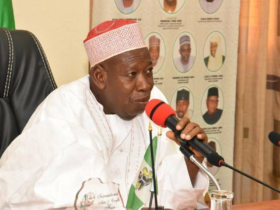
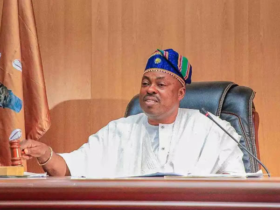



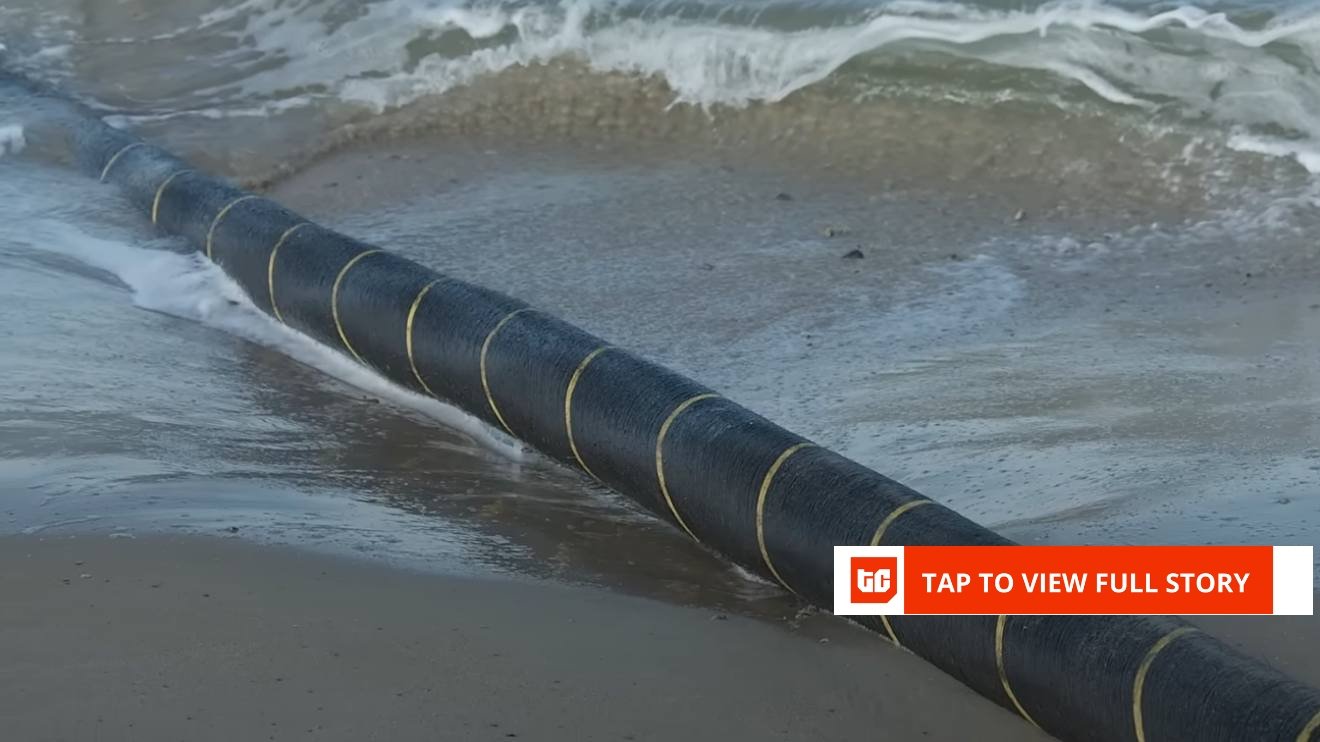

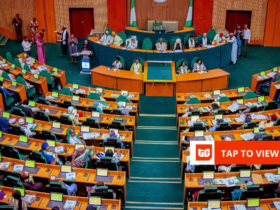

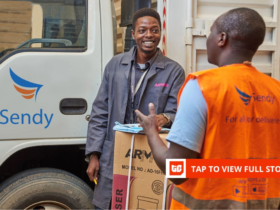




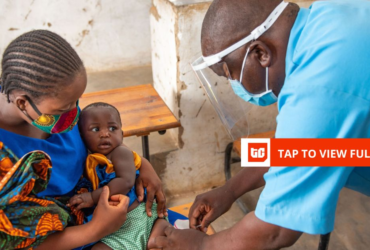
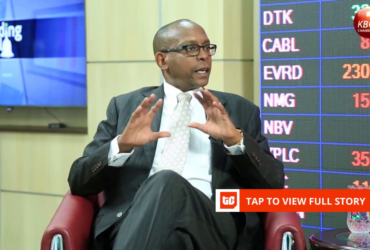
Leave a Reply